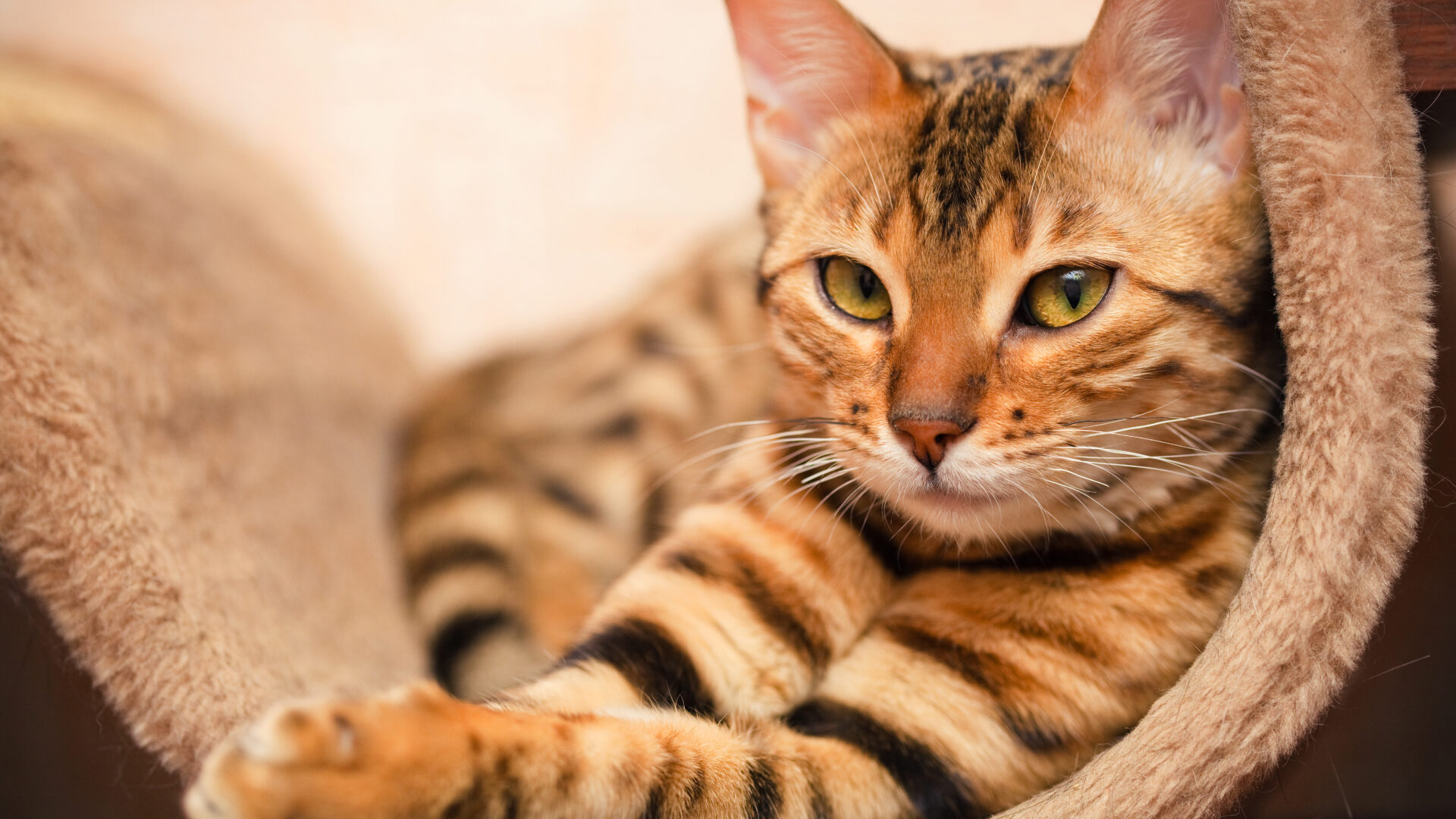Antibiotics can lose their effectiveness due to antibiotic resistance that develops due to unnecessary antibiotics. Ensuring accurate diagnoses and, more importantly, prescribing antibiotics tailored specifically to your pet are important measures to prevent declining antibiotic effectiveness.

Have you ever been concerned when your beloved feline companion isn’t responding to antibiotic treatment as expected? It’s crucial to address this issue for the well-being of our furry friends.
Here are 4 reasons why your cat may not be getting better with antibiotics and recommendations for finding the best, personalized antibiotic treatment based on their genetic makeup.
1. Misdiagnoses or choosing the wrong antibiotic leads to ineffective treatment.
The journey to recovery for your cat begins with an accurate diagnosis and proper antibiotic selection. Misdiagnoses or choosing the wrong antibiotics can lead to ineffective treatment, prolonging your cat’s discomfort and recovery time [1].
Identifying the exact cause of a pet’s infection can be hard, which means that, at times, misdiagnoses happen. Fortunately, there are ways to remove a large chunk of that uncertainty and lessen the probability of that occurring.
Using Next-Generation Sequencing (NGS) technology instead of traditional culture or PCR testing methods allows comprehensive analysis of your cat’s biological samples, identifying a wide range of pathogens with exceptional accuracy [2]. This means that the chances of misdiagnosis are significantly reduced, enabling veterinarians to make informed decisions when prescribing antibiotics.
2. Underlying bacterial infections often go undetected and are left untreated as a result.
Sometimes, the lack of improvement in your cat’s condition might be due to an underlying condition mimicking a bacterial infection. Viral infections, allergies, immune system disorders, or other non-bacterial causes could lead to similar symptoms, making it challenging to pinpoint the true culprit [3].
It’s best to thoroughly analyze your cat’s biological samples to rule out other potential causes and accurately identify the responsible pathogen. By unmasking underlying issues, veterinarians can develop targeted treatment plans, increasing the chances of a successful recovery.
3. Antibiotic resistances render antibiotic treatments ineffective.
One of the most concerning issues in modern medicine, including veterinary medicine, is the development of antibiotic resistance, a direct consequence of the excessive and improper utilization of antibiotics. These bacteria have evolved to become resistant to various types of antibiotics, rendering them ineffective and leaving veterinarians with limited options to combat bacterial infections effectively.
That’s why screening for antibiotic resistance genes is crucial in good antibiotic stewardship. This means that not only do we identify the pathogen causing the infection, but we also assess its resistance profile [4,5]. Armed with this valuable information, veterinarians can choose the most appropriate antibiotics for your cat, increasing the likelihood of a successful treatment outcome.
4. Antibiotic treatments should be tailored to each pet’s unique genetic makeup, otherwise, it may not work.
Every cat is unique, and so is their response to medications. What works for one feline patient may not be suitable for another. That’s where the utility of infectious disease diagnostic tests using NGS shines brightly [6]. By analyzing your cat’s genetic makeup and the genetic material of the pathogen causing the infection, we can offer personalized treatment recommendations.
Tailoring antibiotic treatments to each patient means more effective results and faster recovery times. It also helps to minimize the risk of adverse reactions, ensuring a safer and more comfortable experience for your furry friend.
How to Find the Best Antibiotic for Your Cat’s Unique Microbiome DNA
The frustration of watching your cat suffer without improvement despite antibiotic treatment can be disheartening. However, with the help of modern diagnostic technology, veterinarians can accurately diagnose infections, unmask underlying issues, and navigate antibiotic resistance to provide personalized treatment options tailored to each patient.
MiDOG is an infectious disease animal diagnostics laboratory utilizing Next-Generation Sequencing (NGS) technology to revolutionize veterinary medicine. With our NGS-based tests, veterinarians can accurately diagnose infections, unmask underlying issues, and navigate antibiotic resistance to provide personalized treatment options tailored to each patient.
We provide veterinarians all over the world with accurate diagnoses and personalized treatment options, including antibiotic resistance gene screening, to ensure the best outcomes for their feline patients.
If your cat is not getting better with antibiotics, it’s time to consider a more advanced approach. Embrace the power of NGS diagnostics and personalized medicine to ensure your feline companion’s happier and healthier life. The MiDOG All-in-One Microbial Test, powered by NGS, offers comprehensive diagnostic information, including the most appropriate antibiotics for your cat according to our antibiotic resistance gene screening.
Remember, your veterinarian plays a crucial role in your cat’s health journey, so don’t hesitate to collaborate closely with them and explore the benefits of Next-Generation Sequencing technology in optimizing your cat’s treatment plan. Together, we can enhance the well-being of our beloved feline friends and strengthen the bond between humans and animals.
Find out if your vet uses MiDOG before you book your next appointment!
References
- Jessen, L. R, et al. “Effect of antibiotic treatment in canine and feline urinary tract infections: a systematic review.” The Veterinary Journal 203.3 (2015): 270-277.
- Damerum, A, Malka, S., Lofgren, N., Vecere, G., & Krumbeck, J. A. (2023). Next-generation DNA sequencing offers diagnostic advantages over traditional culture testing. American Journal of Veterinary Research, 1(aop), 1-9.
- Sykes, Jane E Canine and feline infectious diseases. Elsevier Health Sciences, 2013.
- Tsang, Wayne, et al. “Occurrence of antimicrobial resistance genes in the oral cavity of cats with chronic gingivostomatitis.” Animals 11.12 (2023): 3589.
- Melgarejo, Tonatiuh, et al. “The Urinary Resistome of Clinically Healthy Companion Dogs: Potential One Health Implications.” Antibiotics 11.6 (2022): 780.
- Older, Caitlin E, Aline Rodrigues Hoffman, and Alison B. Diesel. “The feline skin microbiome: interrelationship between health and disease.” Journal of Feline Medicine and Surgery 25.7 (2023): 1098612X231180231.
Categories: Antibiotic Resistance, Bacterial Infections, Cats, Pet Health, Safety and Wellness, Pet Parents

